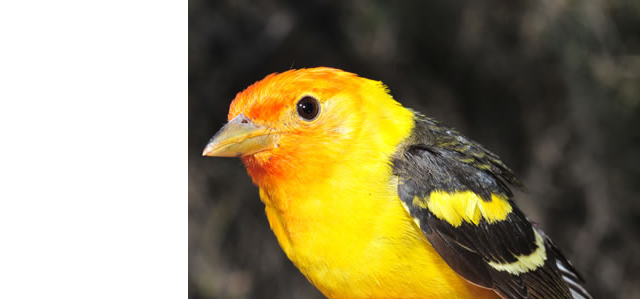
Biology Faculty & Staff Publications
Document Type
Article
Publication Date
5-1-2005
Abstract
Recent comparative studies across sex-changing animals have found that the relative size and age at sex change are strikingly invariant. In particular, 91%-97% of the variation in size at sex change across species can be explained by the simple rule that individuals change sex when they reach 72% of their maximum body size. However, this degree of invariance is surprising and has proved controversial. In particular, it is not clear why this result should hold, given that there is considerable biological variation across species in factors that can influence the evolutionarily stable timing of sex change. Our overall aim here is to explain this result and determine the implications for other life-history variables. Specifically, we use a combination of approaches to formalize and make explicit previous analytical theory in this area, examine the robustness of the empirical invariance result, and carry out sensitivity analyses to determine what the empirical data imply about the mean value and variation in several key life-history variables.
Volume
165
First Page
551
Last Page
566
Language (ISO)
English
Keywords
life history, sex allocation, protandry, protogyny, sequential hermaphrodism
Recommended Citation
Gardner, A., D.J. Allsop, E.L. Charnov and S.A. West. 2005. A dimensionless invariant for relative size at sex change in animals: Explanation and implications. American Naturalist 165:551-566
